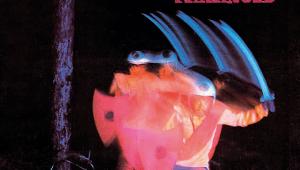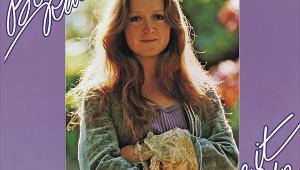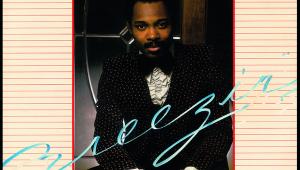Joni Mitchell: Blue Production Notes
It was in early 1971 that Joni Mitchell went into A&M studios in Los Angeles to record Blue. However, a problem presented itself from the start. 'For me, recording songs about deeply personal experiences presented an artistic challenge', she told The Wall Street Journal in 2014. 'Songs that I had written were already a day, a week, a month or ten years old when I went into the studio.'
![]()
She said she used sense memory – 'like method acting' – to 'rekindle' her emotions. 'It happens naturally with me and helps me recall my feelings – the joy, anxiety and vulnerability I felt when composing. 'I was emotionally wide open when recording Blue and incapable of guile. If someone came in, I'd burst into tears. It took several years for me to get over how I felt.'
Only four other musicians feature on the album. There was 'Sneaky' Pete Kleinow on pedal steel, percussionist Russ Kunkel, and a couple of other close friends: Stephen Stills handled bass duties on 'Carey', and James Taylor, with whom she was still maintaining a fragile, doomed romance, would play guitar on three tracks. These were 'California', 'A Case Of You' and 'All I Want', the latter two widely assumed to have been written about him.
She and James also sang, in a neighbouring studio, on Carole King's 'Will You Still Love Me Tomorrow', which would be a highlight of King's 1971 album Tapestry. 'It was a calm, peaceful, amazing, creative time', Taylor revealed to The Guardian last year about the sessions. '[Mitchell had] quit smoking and her voice was excellent. She was at the height of her powers. It felt natural and easy for me to play on the album.'










































